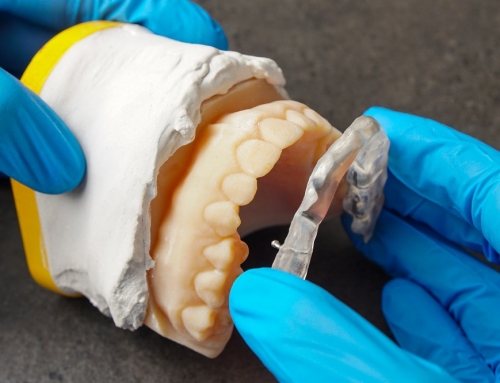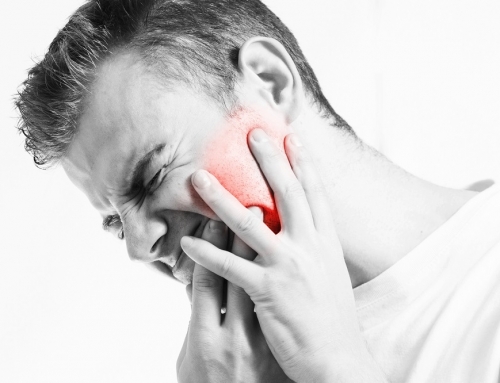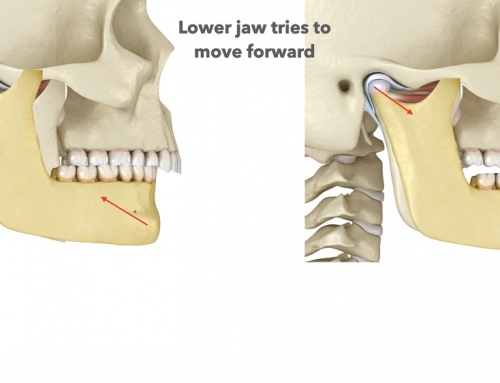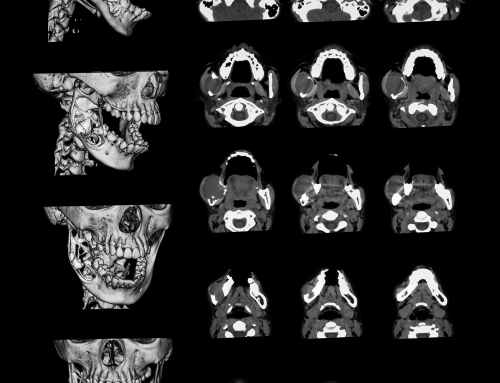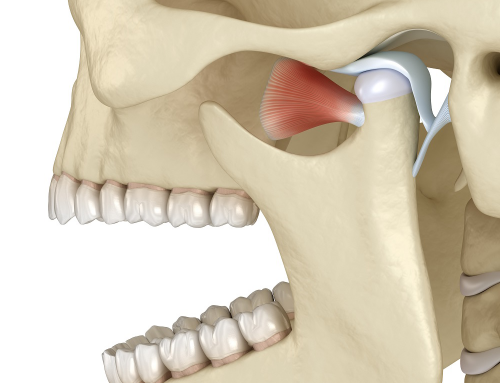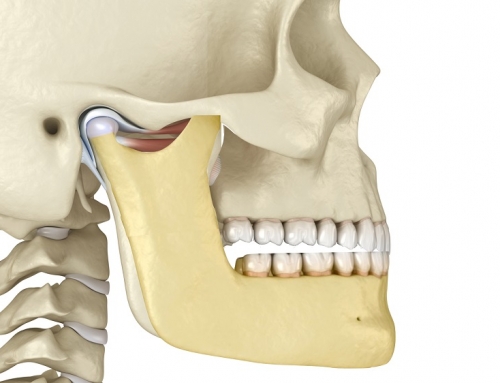Capsulitis is an inflammation of the outer fibrous layer of the joint capsule. A similar condition known as synovitis is an inflammation of the inner synovial lining of the temporo-mandibular joint. Capsulitis and synovitis usually coexist and so it can be difficult to clinically differentiate between them. These are usually caused by yawing too wide, being open for a long period of time (during a dental procedure), or trauma from bruxism, clenching, or external cause.
The main symptom is pain at rest, which is exacerbated with movement of the jaw, such as chewing or talking. This is often accompanied by limitation of mandibular movement or increased pain during range of motion. Clinically, there is pain in response to palpation of the jaw joint area.
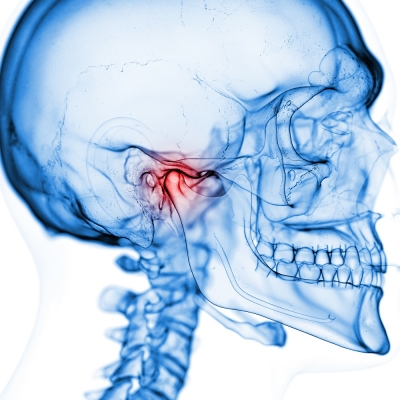
Treatment of Capsulitis
Treatment of Capsulitis begins with care, education, and anti-inflammatory medication. Since this condition is temporary and caused by trauma, an inflammatory response occurs in the capsule of the jaw joint, and can be managed with anti-inflammatory protocols. NSAIDs are recommended to manage the pain and inflammation. Cold therapy to bring the inflammatory response down can be helpful. Resting the jaw, minimizing movements and soft foods will help speed up healing and pain relief.
If capsulitis does not resolve, it is likely that TMD has developed further and should be assessed and treated as such. An orthotic appliance can then be helpful in managing and resolving the symptoms, as well as preventing further deterioration of the jaw joint.
A click or pop or crepitus sounds indicate a temporo-mandibular joint derangement and a diagnosis and treatment will depend on condyle and articular disc position.

